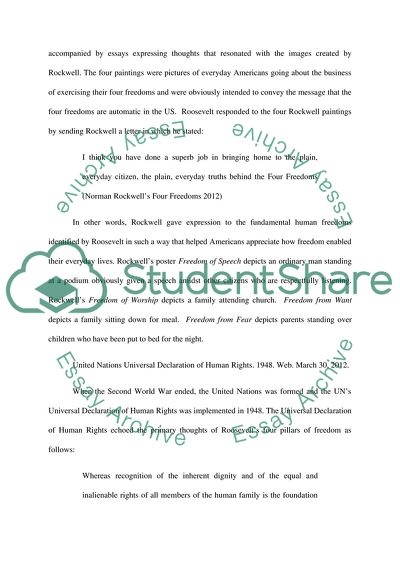Cite this document
(The Look of Freedom Annotated Bibliography Example | Topics and Well Written Essays - 2500 words, n.d.)
The Look of Freedom Annotated Bibliography Example | Topics and Well Written Essays - 2500 words. https://studentshare.org/history/1769289-semester-project-the-look-of-freedom
The Look of Freedom Annotated Bibliography Example | Topics and Well Written Essays - 2500 words. https://studentshare.org/history/1769289-semester-project-the-look-of-freedom
(The Look of Freedom Annotated Bibliography Example | Topics and Well Written Essays - 2500 Words)
The Look of Freedom Annotated Bibliography Example | Topics and Well Written Essays - 2500 Words. https://studentshare.org/history/1769289-semester-project-the-look-of-freedom.
The Look of Freedom Annotated Bibliography Example | Topics and Well Written Essays - 2500 Words. https://studentshare.org/history/1769289-semester-project-the-look-of-freedom.
“The Look of Freedom Annotated Bibliography Example | Topics and Well Written Essays - 2500 Words”. https://studentshare.org/history/1769289-semester-project-the-look-of-freedom.


